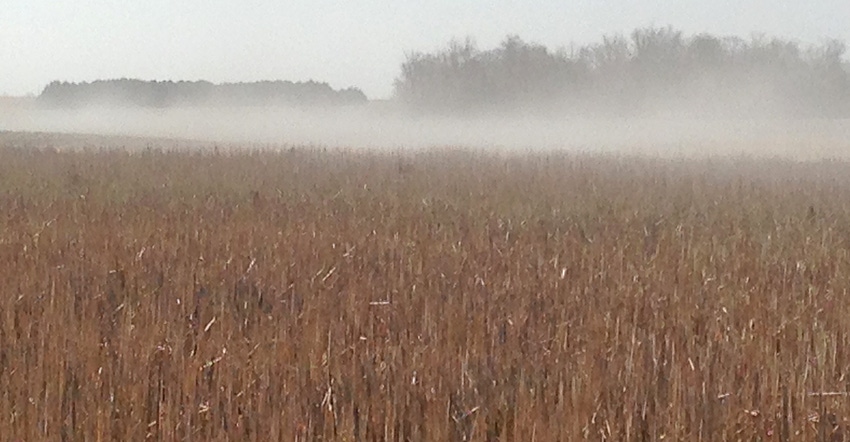July 2, 2018

The following is a list of do’s and don’ts for managing saline soils:
Things to do
• Identify the problem and map its extent. High salinity is often a symptom of a high water table and soil layers with low water permeability.
• Improve drainage. Drainage reduces salinity risks.
• Prevent expansion of the problem. Expansion can be slowed by establishing deep-rooted, salt-tolerant (preferably perennial) vegetation within the saline area. If the area is poorly drained, dormant seeding tall wheatgrass can be used to establish a crop in the area. Alfalfa seeded directly adjacent and above the salt-affected area can intercept water moving into the saline area. Cover crops seeded in the fall may reduce water flow into the affected area. Lowering the water table reduces capillary rise and provides the opportunity to leach salts deeper in the profile. Techniques that reduce surface-soil evaporation, such as no-till and minimum till may help.
Things not to do
• Don’t do deep tillage, ripping or spring tillage. Tillage can bring salts back to the soil surface. No-till seeding has been used to overcome this risk.
• Don’t install tile in sodic or saline or sodic soil. Tile drainage can worsen the problem.
Source: SDSU Extension
You May Also Like




